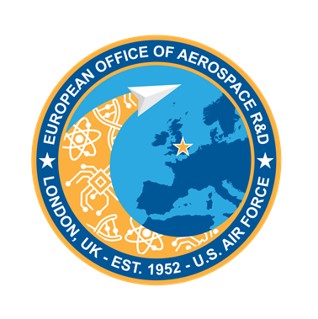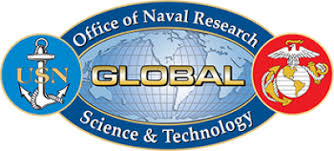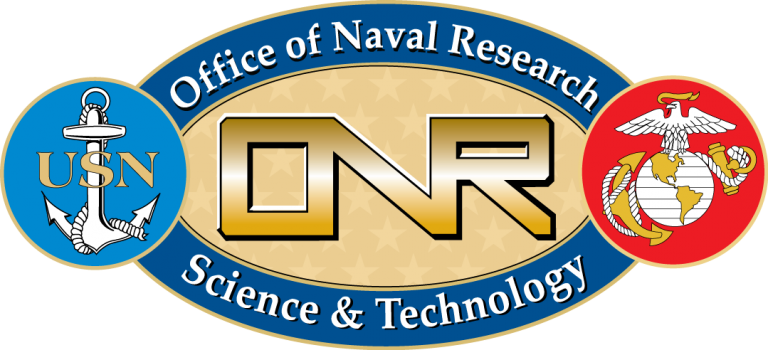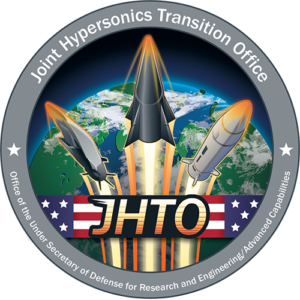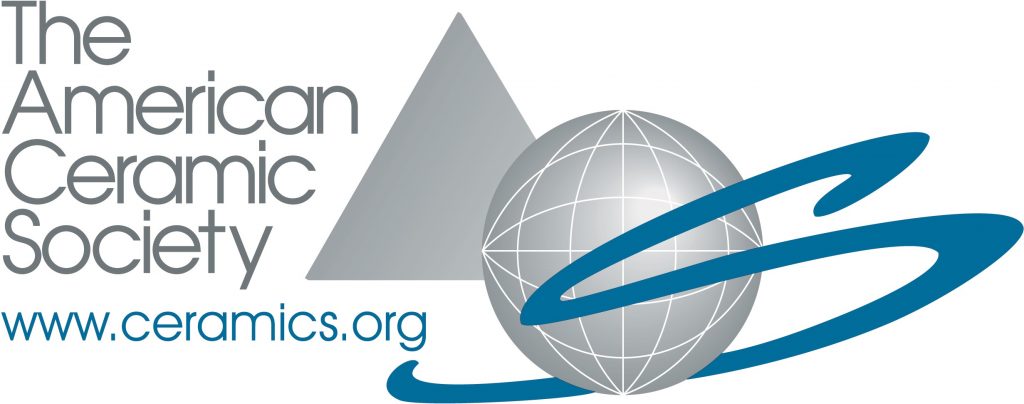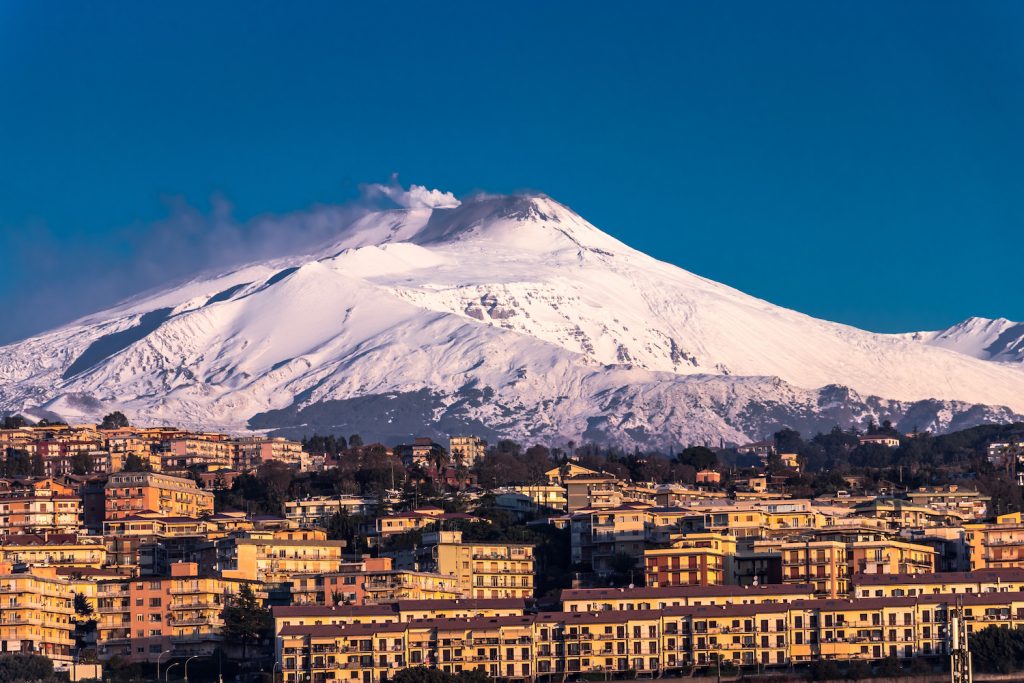
April 14 – 19, 2024
Giardini Naxos, Messina
Sicily, Italy
Register Now
(Early Bird Ends March 8, 2024)
Your poster should be no larger than
1.5 meter high and 1.0 meter wide (Portrait Style)
About This Conference
Ultra-High Temperature Ceramics (UHTC) are a family of compounds that display a unique set of properties, including melting temperatures above 3250 K, good chemical stability and strength at high temperatures which make them suited to operate in extreme environments. UHTC materials are typically considered to be the carbides, nitrides, carbonitrides and borides of the transition metals, but the Group IV compounds (Ti, Zr, Hf) plus TaC are generally the main focus of research due to the superior melting temperatures and stable high-melting temperature oxides that form in situ. The combination of properties makes these materials potential candidates for a variety of high-temperature structural applications, including engines, high-speed vehicles, race car brakes, plasma arc electrodes, advanced nuclear fuels, fusion first walls and diverters, cutting tools, furnace elements and high temperature shielding and even solar absorbers of concentrating solar power systems.
The development of structural materials for use in oxidizing and rapid heating environments at temperatures above 1900 K is therefore of great engineering importance. For the past two decades world-wide researchers have built on a resurgence in exploration of UHTCs and have expanded the scope of engineering and design using these novel materials. Topics such as incorporating UHTC-based ceramic matrices in fibrous composites (UHTCMCs); exploring new compositional space to investigate unique high entropy carbides and borides, and expanding the field of ultra-refractory composites, complex carbides, carbonitrides and borides have all led to unique developments. The purpose of this meeting is to thus bring together interested parties from academia, government and industry in a single forum that allows the bench researchers to interact with designers and engineers to discuss state-of-the-art research and development efforts, what the results mean in a broader context and how to move the technology forward toward near-term and longer–term use.
Outline
Interest in high temperature ceramic phases has been growing in recent years, with significant ongoing research programs in many countries across the world. This has occurred because the conditions in which materials are required to operate are becoming ever more challenging as operating temperatures and pressures are increasing in all areas of manufacture, energy generation, transport and environmental clean-up. Often extreme temperatures are combined with severe chemical environments, high mechanical loads and exposure to high energy and, in the nuclear industry, to ionizing radiation. The production and processing of next-generation materials capable of operating in these conditions is non-trivial, especially at the scale required in many of these applications. In some cases, totally new compositions, processing and joining strategies have to be developed. The need for long-term reliability in many components means that defects introduced during processing will need to be kept to an absolute minimum or defect-tolerant systems developed, e.g. via fiber reinforcement, multilayering or particular architectures. Modelling techniques that link different length and time scales to define the materials chemistry, microstructure and processing strategy are key to speeding up the development of these next-generation materials. Further, they will not function in isolation but as part of a system. It is the behaviour of the latter that is crucial, so that interactions between different materials, the joining processes, the behaviour of the different parts under extreme conditions and how they can be made to work together, must be understood.
This conference seeks to bring together the entire community – manufacturing, processing and oxidation bench scientists, designers, engineers and users of these materials – under one roof to present and discuss emerging and state of the art UHTC and UHTCMC processing, evaluation, and implementation techniques.
This is the sixth of a regular series of meetings held every two to three years. The vision for this workshop is to have 5 main topic areas:
- Processing (including all processing steps, synthesis of new compounds, additive manufacturing, scale-up issues and novel approaches);
- Environmental response (including thermo-dynamic considerations, oxidation behavior);
- Characterization (including microstructure, thermo-mechanical properties, subscale testing);
- Modelling (at all levels, from atomistic to processing and property related); and
- Applications (including high-speed flight, propulsion, and energy related).
As with the previous conferences, the bulk of the work is likely to be focused on processing and characterization studies, but it is important to encourage cross-fertilization with modelers and application-driven activities ongoing within the testing and design communities, as well as bringing in the “bigger picture” systems-level engineers and managers to introduce them to the capabilities of the materials and share with the researchers their needs.
Conference Organization
Conference Chairs
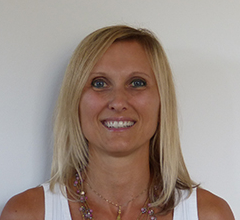
Dr. Diletta Sciti
CNR-ISSMC (former ISTEC) – Italy
Tel: +39-546-699-748
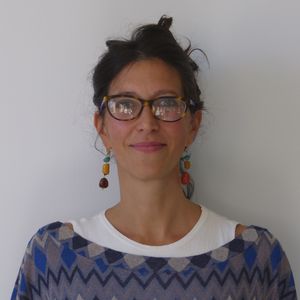
Dr. Laura Silvestroni
CNR-ISSMC (former ISTEC) – Italy
Tel: +39-546-699-723

Dr. Fréderic Monteverde
CNR-ISSMC (former ISTEC) – Italy
Tel: +39-546-699-758
Conference Co-Chairs
Prof. Gregory Thompson
University of Alabama
Department of Metallurgical & Materials Engineering
USA
Prof. Raffaele Savino
University of Naples Federico II
Department of Industrial Engineering
Italy
Prof. Jon Binner
Birmingham University
UK
Dr. Eric Wuchina
Naval Surface Warfare Center
USA
Organizing Committee
Dr. Lavina Backman
US Naval Research Laboratory
USA
Dr. Daniel Butts
MACH-20, LLC
USA
Dr. Carmen Carney
Air Force Research Laboratory
Materials and Manufacturing Directorate
USA
Dr. Michael Cinibulk
Air Force Research Lab
USA
Dr. Bai Cui
Mechanical and Materials Engineering
University of Nebraska Lincoln
USA
Prof. William Fahrenholtz|
Missouri University of Science & Technology
USA
Dr. Mario de Stefano Fumo
CIRA
Italy
Dr. Luca Zoli
CNR-ISSMC (former ISTEC) – Italy
Italy
Keynote Speaker

Lucia Pigliaru
Keynote Title: The Technological Challenges for the Preparation of the Future of Space Transportation in Europe
- Graduated with a master’s degree in aerospace engineering from the Polytechnic University of Turin, Italy, in 2010. Her thesis focused on the “Production of self-healing ceramic materials for ultra-high temperature applications.”
- Joined SKF company in Torino as a Product Development Engineer for a six-month internship following graduation.
- Worked at Aviospace (an Airbus Company) from 2011 to 2014 as an R&D Project Manager. In this role, she managed research activities on advanced materials and processes, as well as coordinated materials characterization and qualification test campaigns for ablative material and UHTC materials.
- Joined the European Space Agency (ESA) at ESTEC in the Netherlands in 2014 within the Technical and Quality Management Directorate as a Materials and Processes Engineer. She supported various ESA projects during reviews and led the Materials and Processes Control Boards for Earth Observation missions.
- In 2020, she obtained her PhD in Production Engineering from the University of Tor Vergata, Italy (in collaboration with TU Delft, NL). Her doctoral thesis focused on “3D printed magnetic materials for space applications.”
- Also in 2020, she joined ESA’s Earth Observation Directorate as a Product Assurance Engineer for Copernicus and Copernicus Expansion missions with focus on the development of optical payloads based on high stability ceramic materials.
- In 2021, Lucia completed her Executive Master of Business Administration (EMBA) from Quantic School of Business and Technology, Office of the State Superintendent of Education (OSSE) of Washington, DC.
- Since September 2022, Lucia has been serving as the Product Assurance and Safety Lead for the Space Transportation Directorate at ESA ESRIN in Italy. She is involved in the Italy-funded PNRR program, focusing on the development of innovative technologies for the next generation of launchers including the development of innovative thermal protections interfaces.
Confirmed Speakers
Michael Cinibulk
(Materials & Manufacturing Directorate, Air Force Research Laboratory, USA)
Stefano Curtarolo
(Duke University, USA)
Mario De Stefano Fumo
(Italian Research Aerospace Center, Italy)
William Fahrenholtz
(Missouri University of Science and Technology, USA)
Gregory Hilmas
(Missouri University of Science and Technology, USA)
See Hoon Lee
(Division of Powder/Ceramics Research, Korea Institute of Materials Science, Republic of Korea)
Laurence Maille
(University of Bordeaux, France)
Scott McCormack
(University of California Davis, USA)
Pavel Mogilevsky
(Materials & Manufacturing Directorate, Air Force Research Laboratory, USA)
Stefano Mungiguerra
(University of Naples Federico II, Italy)
Elisabeth Opila
(University of Virginia, USA)
Roberto Orru
(University of Cagliari, Italy)
Elisa Sani
(National Research Council of Italy-National Institute of Optics, Italy)
Chris Weinberger
(Colorado State University, USA)
Ji-Cheng Zhao
(University of Maryland, USA)
Abstracts Submission
The scope of the conference includes:
- Fundamental properties of UHTCs, UHTCMCs, high entropy ceramics;
- Processing (all processing steps, synthesis of new compounds and novel methods, additive manufacturing, UHTCMC manufacturing, coatings, scale-up issues);
- Environmental response (thermo-dynamic considerations, oxidation behavior);
- Characterization and properties (microstructure, thermo-mechanical properties, subscale testing);
- Modelling at all levels, from atomistic to prediction stability and property related;
- Applications (high-speed flight, propulsion, and energy related);
- New applications (different from point 6) and feasibility.
Please use these descriptions to pre-select up to two sessions where you believe your work fits best.
Abstracts (one page maximum) that include specific results and conclusions to allow a scientific assessment of the proposed oral presentation or poster are invited.
Please prepare your abstract according to this template: docx or doc.
Abstracts must be submitted electronically HERE using the template provided above.
Oral abstract submission deadline: January 12, 2024
Poster abstract submission deadline: February 29, 2024
JECS Trust can support EU-affiliated students and early career researchers (Post-doc up to three years after the PhD degree achievement) to attend the Conference. Please indicate your eligibility during the abstract submission.
Abstracts of all presentations will be made available to conference participants prior to the start of the conference.
Note: Only a limited number of oral presentation slots are available and thus all submissions for oral sessions will be considered for both oral and poster presentation.
Awards will be presented to the top non-student poster as well as the top student poster.
Open Ceramics Special Issue
Authors – please consider to publish your contribution in the Open Ceramics Special Issue on:
Advances in Ultra-high Temperature Ceramics and Composites.
https://www.sciencedirect.com/journal/open-ceramics/about/call-for-papers#advances-in-ultra-high-temperature-ceramics-and-composites.
Publication is free of charge until June 30, 2024.
Past UHTC Conferences
Ultra-High Temperature Ceramics: Materials for Extreme Environment Applications
August 3-8, 2008 – Lake Tahoe, California
Conference Chairs:
Eric Wuchina, Naval Surface Warfare Center, USA
Alida Bellosi, Institute of Science & Technology for Ceramics, Italy
Ultra-High Temperature Ceramics: Materials for Extreme Environment Applications II
May 13-18, 2012 – Hernstein, Austria
Conference Chairs:
Bill Fahrenholtz, Missouri University of Science & Technology, USA
Bill Lee, Imperial College, London, UK
Eric Wuchina, Naval Surface Warfare Center, USA
Yanchun Zhou, Aerospace Research Inst. Of Materials & Processing Technology, China
Ultra-High Temperature Ceramics: Materials for Extreme Environment Applications III
April 12-16, 2015 – Gold Coast, Australia
Conference Chairs:
George Franks, The University of Melbourne, Australia
Carolina Tallon, The University of Melbourne, Australia
Ultra-High Temperature Ceramics: Materials for Extreme Environment Applications IV
September 17 – 20, 2017 – Windsor, UK
Conference Chairs:
Jon Binner, University of Birmingham, UK
Bill Lee, Imperial College, London, UK
Ultra-High Temperature Ceramics: Materials for Extreme Environment Applications V
June 5-8, 2022 – Snowbird, Utah
Conference Co-Chairs:
Daniel Butts, MACH-20, LLC, USA|
Carmen Carney, Air Force Research Laboratory, USA
Carolina Tallon, Virginia Tech, USA
Gregory Thompson, University of Alabama, USA
Chris Weinberger, Colorado State University, USA
Conference Venue
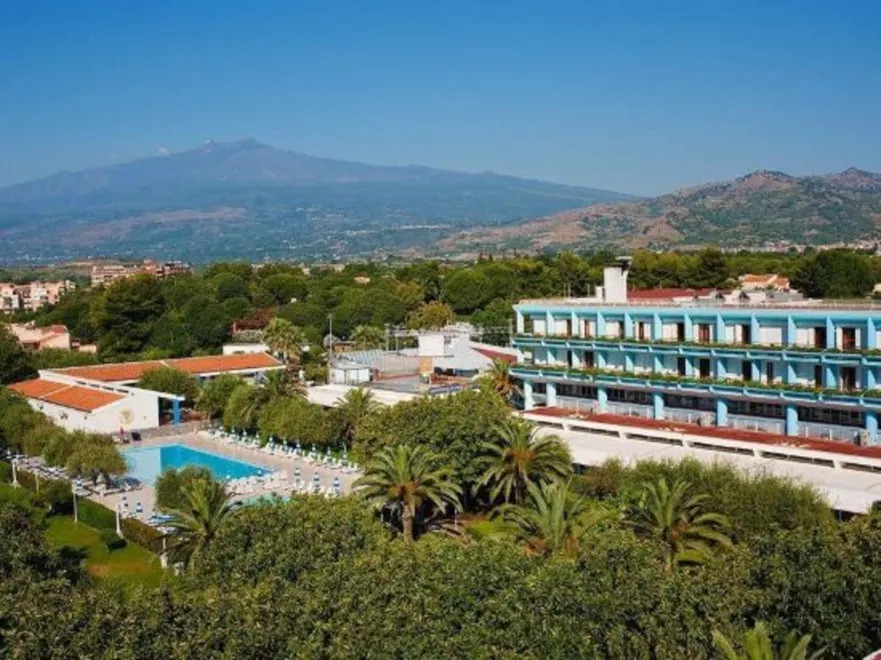
Sicily: Sicily is the largest and most populous island in the Mediterranean Sea and one of the 20 regions of Italy. The Strait of Messina divides Sicily from the “toe” of Italy’s boot. Sicily offers exceptional beaches, charming villages and towns, warm waters of the Mediterranean as well as a multitude of ancient ruins and archeological sites. Its geography is mostly hilly, with little flat land. Throughout history, Sicily has been at the crossroads of cultures, landscapes and cuisine.

Giardini Naxos: The small coastal town of Giardini Naxos is situated along a sandy beach that is quite popular for those seeking the sun. The area is very historic with the very first Greek settlers in Sicily landing here and colonizing what they called Naxos in 734 BC. (Naxos is a Greek island where, according to legend, Zeus, the king of the Olympian gods grew up.) The town was destroyed about 300 years later by neighboring Siracusa. The Naxos survivors then establish Taormina on the cliff, deeming it a safer location. There is a small archeological museum in Naxos that is surrounded by a park. Naxos has beautiful views of Mount Etna.
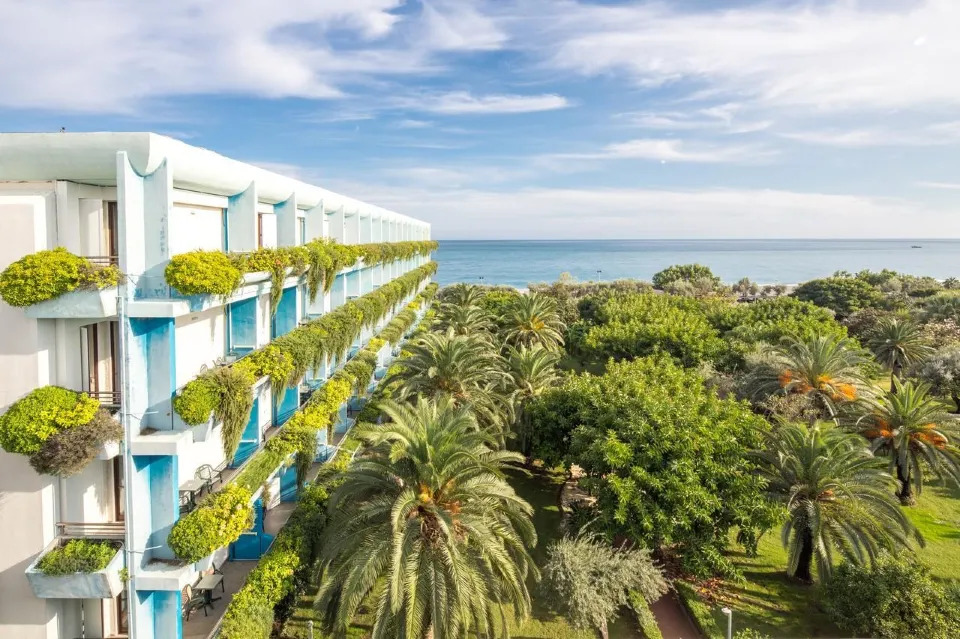
UNAHotel Naxos Beach: (Via Recanati 26, 98035 Giardini Naxos) The conference hotel has an excellent location in Giardini Naxos with extensive meeting facilities, several swimming pools, and a private beach o the Ionian Sear. The conference room has theater style seating (but with an adjustable tray for a laptop or a notepad). The meeting room boasts natural light and modern AV equipment. Conference participants will be housed in mini-villas (each having 4-units) that are spread through the private garden/citrus park on the property. There is ample space for posters and table-top exhibits. The hotel boasts a variety of guest services including free onsite parking, wireless internet, cable/satellite TV, refrigerator, mini-bar, fitness center, daily maid service, concierge, laundry/dry cleaning services, several shops, two tennis courts and a soccer field.
The nearest airport is the Catania “Fontanarossa” International airport that is approximately one hour from the hotel. When registration opens, ECI will make available through a local provider private shuttle transportation from and back to the airport for conference participants.
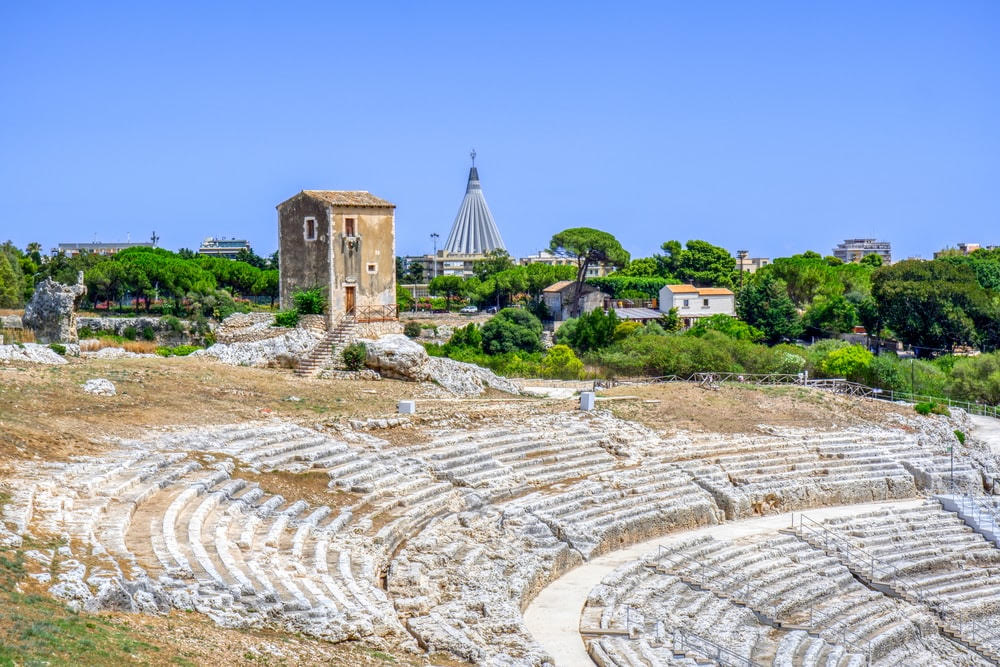
Conference Excursion: The conference excursion will be to Taormina with a visit to the Greek-Roman theater and free time to stroll the beautiful narrow streets and to have dinner own your own in one of the many restaurants in the city. The original theater was built by the Greeks in the third century BC, but much of what is visible today is a Roman upgrade. The most striking feature of this theater is how its stage frames the view of Mount Etna. The theater sits atop a rocky hill (earth), overlooking the sea (water), with a gentle breeze (air), and a volcano in the distance (fire). The semicircular rows of seats are arranged to give everyone an equally good view of the performers and to enhance the acoustics. The Romans removed the first ten rows of seats to create an area large enough for gladiator battles and also added a wall to protect spectators from the wild animals used in the games. The theater is still in use today. ECI will provide a list of recommended restaurants in Taormina.
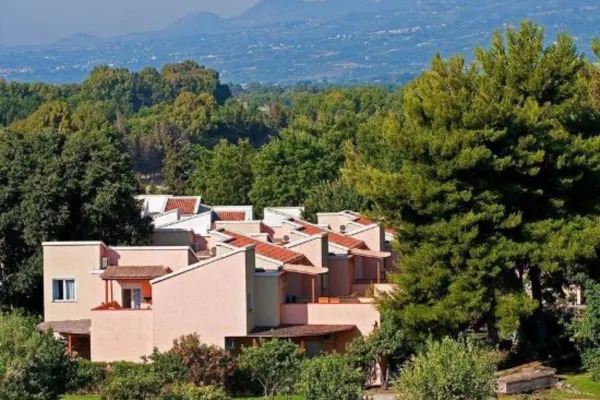
Conference Fees and Registration
Conference Fees
The conference fee includes the following: conference registration, accommodations (nights of Sunday (April 14), Monday (April 15), Tuesday (April 16), Wednesday (April 17), and Thursday (April 18); check-out on Friday (April 19)), five breakfasts, five lunches, five dinners, coffee breaks and social hours during poster sessions, taxes and gratuities from dinner on Sunday through lunch on Friday. Incidental fees (laundry, minibar, spa, etc.) are billed to your personal account by the hotel.
Local residents of Sicily who wish to participate in the conference and who will not need a hotel room should contact Kathy Chan.
ALL PARTICIPANTS (INCLUDING MEMBERS OF THE ORGANIZING COMMITTEE AND INVITED SPEAKERS) ARE REQUIRED TO REGISTER.
The conference fees are:
| Register | Register March 8, 2024 | |
| Participant (single occupancy or sharing room with a guest**; guest fee additional) | US $2,545 | US $2,845 |
| Participant (sharing a room with another participant/student) | US $2,340 | US $2,640 |
| Bona fide Graduate Student (sharing a room with another participant/student) (Those in this category must upload proof of current status during registration – copy of current Student ID or a letter from your University confirming your student status) | US $1,925 | US $2,175 |
| Bona fide Graduate Student (single occupancy or sharing room with a guest**; guest fee additional) (Those in this category must upload proof of current status during registration – copy of current Student ID or a letter from your University confirming your student status) | US $2,130 | US $2,380 |
| Fees for Guest / Accompanying Person | ||
| **Guest Registration: Fees for Guest/accompanying person sharing bedroom with a participant. (Includes all conference included meals and activities) | US $1,135 | US $1,135 |
| **Guest B&B Only Registration: Fees for Guest/accompanying person sharing bedroom with a participant. (Bed & Breakfast ONLY, NO meals and activities) | US $190 | US $190 |
If you plan to bring children to the conference, please contact Kathy Chan for pricing.
Conference Registration
You will need a login name and password to register for ECI conferences through our online system. If you have been a recent participant at an ECI conference or have submitted an online application or request for information about an ECI Conference, you may already have an account with us. If you know your login information, please use it.
If you are not sure whether you already have a login and password, please click on automated password retrieval and enter your e-mail address before creating a new account. If we don’t have a valid email address on file for you, a pop-up window will appear stating that no records were found. Click “OK” and then follow the instructions to create a new account. If you have any questions or experience any difficulties, please email Kathy Chan.
Special Notes and Payment Instructions
We suggest that you register as soon as possible to be certain that you will have a hotel room at the conference rate.
All participants are encouraged to register before March 8, 2024. There is a discounted price for registering before this date. Hotel space cannot be guaranteed for registrations received after March 25, 2024. Your registration is not officially confirmed until we receive payment of the amount due. ECI reserves the right to cancel your room registration if payment is not received. Your invoice/receipt will automatically be e-mailed upon of receipt of your registration. Should you need a signed receipt or a certificate of attendance (sent after the conclusion of the conference), please contact Kathy Chan.
Because of contractual guarantees made with the hotel for room and meal functions, no shows, late arrivals, missed meals and early departures cannot receive fee adjustments. If you have a disability and may require accommodation in order to participate fully in this conference, please indicate this when you register. An ECI representative will contact you to discuss your specific needs. If you have special dietary requirements (e.g., vegetarian or a food allergy), please make a note on your registration. The chef needs to know this information in advance if we are to accommodate you. ECI will attempt to accommodate special requests such as Kosher or Halal meals, but such meals may not be available at all conference sites. The participant must pay any additional costs for special meal requests that ECI pays a surcharge for.
Payment must be made by credit card (Visa, MasterCard, and Amex), check or money order drawn on a U.S. bank in U.S. dollars, payable to ENGINEERING CONFERENCES INTERNATIONAL. Checks or money orders in any other currencies are NOT ACCEPTABLE. Payment must be made on the web site except for those who are sending payment by wire transfer or have a purchase order from their company/institution.
WIRE TRANSFER PAYMENT: If you are planning to make payment by wire transfer, please contact Kathy Chan for the bank information. You must add $30 to cover ECI bank charges. Please reference your full name and the conference title. Please email a scanned copy to Kathy Chan. This is very important – otherwise it is extremely difficult to trace your payment and you may not receive a receipt prior to the conference.
Cancellation Policy: Cancellation must be received by ECI in writing at least 28 days prior to the start of the conference in order for a full refund (less a processing fee) to be considered. The ECI auditors require that refunds for all conference cancellations be processed after the conference so that the necessary back-up information (e.g., hotel list of those in-house) can be attached to the refund request and ECI can verify that the hotel has not charged a cancellation fee.
Cancellation fees:
- Cancellations received more than 28 days prior to the conference start date are subject to a processing fee of 4% of the total fee, plus any direct expenses incurred by ECI.
- Cancellations received 15 – 28 days prior to the conference start date are subject to a $250 cancellation fee plus any direct expenses incurred by ECI.
- Cancellations received 8 – 14 days prior to the conference start date are subject to a $500 cancellation fee plus any direct expenses incurred by ECI.
- No refunds will be issued for cancellations received less than 7 days prior to the conference start date.
- No refunds will be issued due to inclement weather or travel disruptions/cancellations.
Registrations may be transferred without incurring any penalty or cancellation fee.
Denied or delayed visa
If a participant is forced to cancel due to a denied or delayed entry visa, ECI will issue a full refund if ECI has been notified of a potential visa issue at least four weeks prior to the conference start date.
Change of payment method
If an attendee who has already paid the conference fee with a credit card requests that the fee be refunded to that card so that it can be paid in a different manner (e.g., charged to an alternate credit card, or paid via check or bank transfer), a processing fee of 4% of the total fee amount will apply.
Disclaimer
It may be necessary for reasons beyond the control of ECI to alter the content and timing of the program or the identity of the speakers. In the unfortunate circumstance that an event is cancelled, ECI is not liable for any costs incurred by participants in connection with their attendance.
Smoking is prohibited at ECI conferences and conference functions.
Should you have specific questions regarding your registration, please contact Kathy Chan. The Engineering Conferences International conferences calendar and other information can be found on the ECI web site: www.engconfintl.org
Pre and Post Conference Room Reservation Request
Your registration includes accommodations for the conference period (nights of Sunday (April 14), Monday (April 15), Tuesday (April 16), Wednesday (April 17), and Thursday (April 18); check-out on Friday (April 19)). If you are arriving before April 14 or staying after the conference, please indicate your pre/post conference room reservations request during registration or contact ECI. ECI does not guarantee pre/post conference reservations. ECI is collecting your pre/post conference reservation requests for the hotel. The hotel will ask for your credit card information at the time of arrival to pay for the pre/post conference night reservations.
Pre-Conference nights: Thursday, April 11, Friday, April 12; Saturday, April 13
Post-Conference nights: Friday, April 19; Saturday, April 20; Sunday, April 21
Note: Pre/Post night reservations are based upon hotel’s availability. Cancellation policy is 3 days before the arrival date.
Transportation Options
Conference Sponsors

Endorsed By
Sponsorship Opportunities
Coming soon
General Information About ECI
Engineering Conferences International (ECI) is a not-for-profit, global engineering conferences program, originally established in 1962 that provides opportunities for the exploration of problems and issues of concern to engineers and scientists from many disciplines.
The format of the conference provides morning and late afternoon or evening sessions in which major presentations are made. Poster sessions will be scheduled for evening discussion as well. Available time is included during the afternoons for ad hoc meetings, informal discussions, and/or recreation. This format is designed to enhance rapport among participants and promote dialogue on the development of the meeting. We believe the conferences have been instrumental in generating ideas and disseminating information to a greater extent than is possible through more conventional forums.
All participants are expected both to attend the entire conference and to contribute actively to the discussions. The recording/photographing of lectures and presentations is forbidden. As ECI conferences take place in an informal atmosphere, casual clothing is the usual attire.
Smoking is prohibited at ECI conferences and conference functions.



